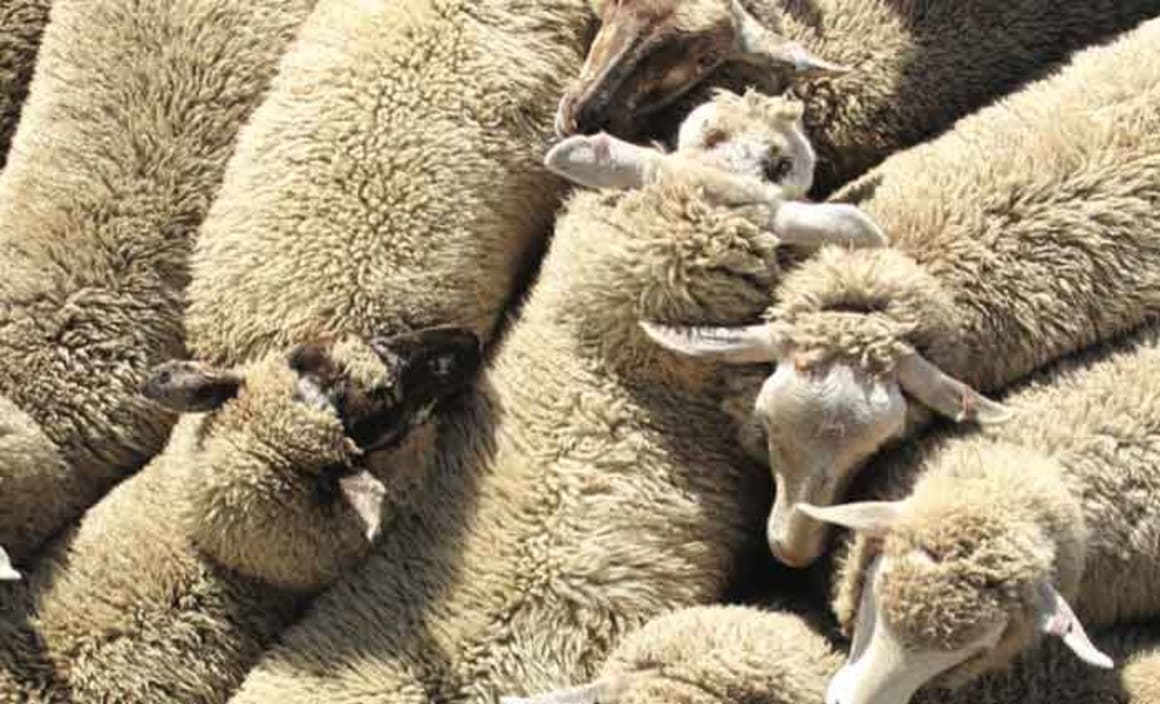The Sheep's Back: ANZ's outlook on the Australian sheep industry

Australia’s $6.5 billion sheep industry needs 22 million more sheep just to maintain its current share of global production, according to an agricultural research paper released by ANZ today.
The paper, titled The Sheep’s Back, paints a positive picture for sheep farming but reveals improved productivity gains – supported by the growth of the national flock number from its near record low – are critical to realising the 21 percent increase in global demand for meat and nine per cent rise for wool by 2040.
ANZ Head of Agribusiness Mark Bennett said economic growth in developing nations and consumption patterns give rise to optimism for sheep farming, with forecasts showing the total value of sheep meat produced could increase by 30 percent by 2040.
“But in order to be competitive and take advantage of this growth opportunity, sheep farmers will need to improve productivity through increased farm size, flock size and better on-farm processes," he said.
"Farm management efficiencies include better land use, improved lambing and weaning rates, reduced fattening times and more intensive management."
The Sheep’s back - key findings:
Global demand for sheep meat could increase by 2.8 million cwt, or 21%, by 2040. In comparison, global demand for beef is forecast to rise by 22 million cwt (33 percent), 25.6 million cwt (23 percent) for pork and 15.4 million cwt (15 percent) for poultry. If current trends continue, the total value of sheep meat produced globally will increase by 30 percent by 2040 - compared to beef 34 percent, pork 27.5 percent for and chicken 9.8%.
Demand will grow most strongly in Asia (including the Middle East) and Africa, but will be relatively subdued in developed economies in Europe and America.
Growth in demand for wool is not likely to be as significant, but global demand is still expected to increase by 8.8 percent.
This is substantially less than increases in demand for cotton and synthetics. Regional demand for raw wool for processing is also likely to be concentrated in Asia and weakening in America and Europe.
Sheep farming in Australia is a low cost, low volatility and relatively high return on capital industry. Prices for wool and sheep meat are also less exposed to global markets than Australia’s other main agricultural exports.
The paper suggests that while demand for lamb and mutton is not expected to grow at the same volume and value as beef, the percentage growth in value of global demand for sheep meat is expected to outstrip both pork and poultry.
“The modelling in the report shows greater demand coming from Asia, the Middle East and Africa. Conversely, we’re expecting demand in other markets like America and Europe to cool,” Mr Bennett said.
Asia will also continue to be the number one destination for Australian wool, and with China transitioning towards a service-based economy it’s expected Vietnam and Indonesia will increase their processing capabilities.
“Overall demand for wool is only expected to increase slightly, but the value of global demand could also increase by as much as $1 billion by 2040,” Mr Bennett said. The report also highlights the role sheep production can play in risk management for mixed farm operations. Almost 30 per cent of farmers across the nation farm sheep, primarily as part of a mixed farming operation.
Mr Bennett says sheep farming is a low cost and low volatility enterprise, which is less exposed to an international price than cropping, beef or dairy.
“While we’re unlikely to reach the flock numbers and outputs of the 1970s, sheep and wool production still accounts for approximately 11 per cent of Australia’s agricultural production and 14 percent of agricultural exports. Therefore the opportunity for expansion is there for sheep farmers with a focus on efficiencies, innovation and value-adding.”
The report concludes that the sheep industry will continue to play an important role in the mix of Australian agriculture. “While we may not return to ‘riding on the sheep’s back’, Australia should take confidence from these future demand forecasts. The case for greater investment in the industry is strong,” Mr Bennett said. To download the report click here.